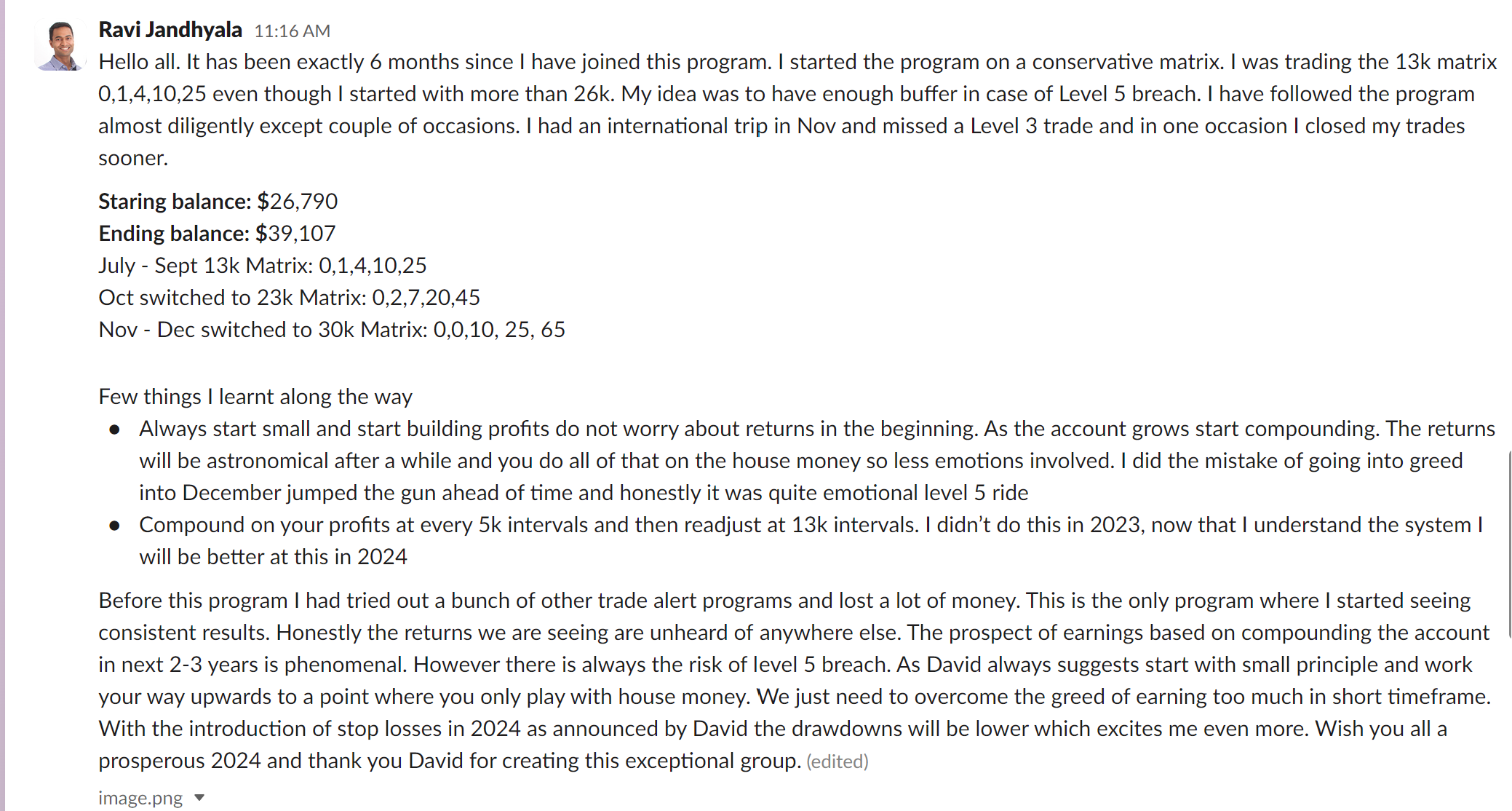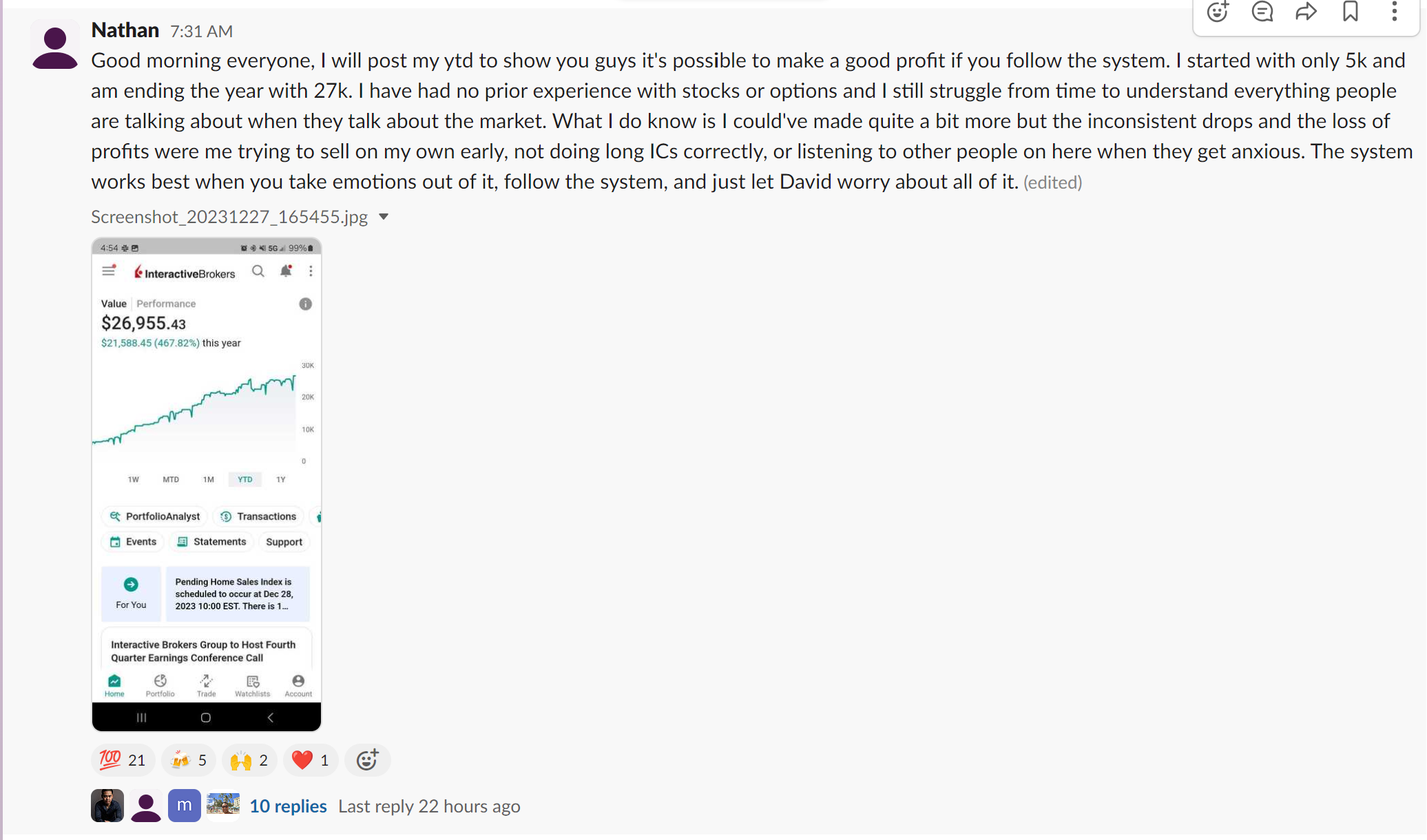Understanding and effectively utilizing options pricing models is essential for both experienced and novice options traders. These models provide valuable insights into the theoretical value of options contracts and the factors influencing their prices, ultimately empowering traders to make more informed decisions when buying or selling options. At InsideOptions, we simplify trading for traders of all levels by providing the knowledge, resources, and support needed to demystify options pricing models and apply them effectively in your trading pursuits.
Options pricing models are mathematical formulas and algorithms used to calculate the theoretical value of options contracts, factoring in variables such as the underlying asset’s price, time until expiration, implied volatility, interest rates, and dividends. Among the most well-known options pricing models are the Black-Scholes model and the Binomial model, each offering unique insights and benefits to options traders. Mastering these models and their practical applications can significantly enhance your ability to analyze options prices, assess the fairness of current market prices, and identify potential trading opportunities.
In this comprehensive article, we will dive deep into the world of options pricing models, covering the Black-Scholes and Binomial models, as well as other prominent pricing models in use today. We will demystify the mechanics behind these models, discussing the factors and variables that impact options pricing, and provide practical insights into the application of these models in various options trading scenarios. With InsideOptions as your trusted partner, enhance your understanding and application of options pricing models, enabling more informed and strategic decision-making in your options trading journey.
1. Importance of Implied Volatility in Options Trading
Understand the key reasons why implied volatility is crucial for options traders:
– Options Premiums: Implied volatility directly impacts options pricing, as it determines the level of premiums paid or received for buying or writing options contracts.
– Market Sentiment: Implied volatility reflects market participants’ expectations of future price fluctuations, offering insights into prevailing market sentiment and the perceived risk of underlying assets.
– Trade Selection: By analyzing implied volatility levels, traders can identify potentially favorable or unfavorable trade setups, ensuring a more strategic and informed approach to options trading.
– Risk Management: Implied volatility provides essential information to options traders concerning the level of risk associated with specific trades, helping traders to manage risk and make better-informed decisions about their positions.
2. Measuring Implied Volatility
Learn how to measure implied volatility and interpret its implications for options trading:
– Options Pricing Models: Implied volatility is calculated using options pricing models, such as the Black-Scholes model, which considers the current option’s price, the underlying asset’s price, the option’s strike price, time to expiration, and risk-free interest rates, among other factors.
– Implied Volatility Rank (IVR): IVR is a standardized measure that compares an option’s current implied volatility level to its historical range, expressed as a percentage. A high IVR signals that current implied volatility is relatively high compared to its historical levels, while a low IVR indicates relatively low current implied volatility.
– Interpreting Changes in Implied Volatility: Rising implied volatility often indicates increased market uncertainty and potentially higher option premiums, while falling implied volatility may signal decreasing uncertainty and potentially lower premiums.
3. Incorporating Implied Volatility into Options Trading Strategies
Discover how to leverage implied volatility for effective decision-making in options trading:
– Buying Options in Low Implied Volatility Environments: When implied volatility is low and option premiums are relatively cheap, traders may consider buying options to capitalize on potential price movements and take advantage of future increases in implied volatility.
– Selling Options in High Implied Volatility Environments: When implied volatility is high and options premiums are relatively expensive, traders might consider writing or selling options to generate income and profit from a potential decrease in implied volatility.
– Volatility Trading: Some traders focus on the implied volatility component of options pricing, applying strategies such as straddles, strangles, or iron condors to profit from changes in implied volatility, irrespective of the underlying asset’s price movement.
4. Common Misconceptions Surrounding Implied Volatility
Address and debunk these prevalent misconceptions about implied volatility in options trading:
– Implied Volatility as a Predictor: Although implied volatility reflects market expectations, it is not a guaranteed predictor of future price movements. It is essential to remember that it represents the market’s perception of risk, not a certain outcome.
– Implied Volatility and Historical Volatility: While both measures provide insights into an asset’s volatility, they are not the same. Historical volatility refers to past price movements, while implied volatility reflects the market’s expectation of future price fluctuations.
– Implied Volatility and Directional Bias: High implied volatility does not necessarily imply that the market expects a bullish or bearish trend. Instead, it indicates that market participants anticipate increased price fluctuations in either direction.
Conclusion
A deep understanding of implied volatility is vital for successful options trading, as it offers valuable insights into market sentiment, risk levels, and potential price movements. By mastering the concept of implied volatility and incorporating it into your options trading approach, you can make more informed decisions, refine your strategies, and effectively manage risk in options trading.
With InsideOptions as your trusted partner, empower yourself with the knowledge, insights, and best practices required to harness the full potential of implied volatility in beginners’ options trading. Embrace a data-driven, disciplined approach to options trading, and unlock the doors to improved decision-making, increased profitability, and minimized risks in the dynamic world of options.









